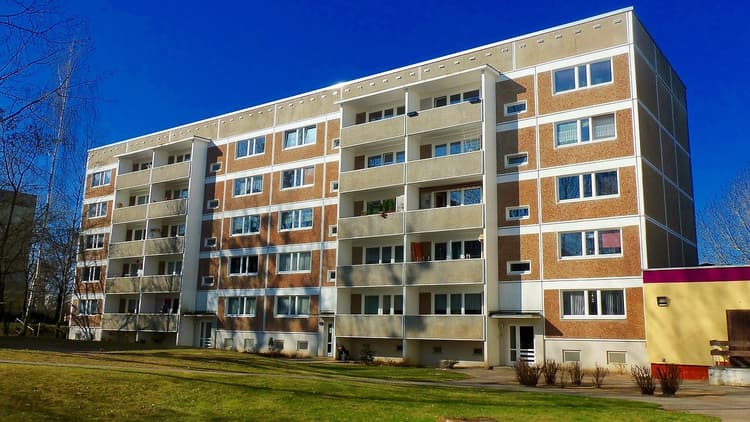Myths about teaching can hold you back
- Year 1
A survey of how we get to school
I can collect information to find out how pupils in my class get to school, and why they travel that way.
- Year 1
A survey of how we get to school
I can collect information to find out how pupils in my class get to school, and why they travel that way.
These resources were made for remote use during the pandemic, not classroom teaching.
Switch to our new teaching resources now - designed by teachers and leading subject experts, and tested in classrooms.
Lesson details
Key learning points
- In investigations, geographers collect and organise information to sort and rank it.
- Many different means of transport are used to travel to school, e.g. bus, walk, car, train, bike.
- Graphs showing information (or data) from fieldwork or surveys can help us discuss and analyse what has been found out.
- People have different reasons for choosing how they travel, e.g. distance, time available, safety, the weather, etc.
Keywords
Journey to school - The journey to school is the method of transport used and the route taken to get to school.
Block graph - A block graph is a graph made of coloured blocks or squares showing data that allows us to compare numbers in a clear and visual way.
Data - Data is a collection of information that can be analysed to help us answer a question.
Transport - Transport is a way of travelling between places and methods of transport include cars, buses, trains, bicycles.
Choices - Choices are decisions made based on a range of options.
Common misconception
Children only use one method of transport to get to school everyday.
Depending on the circumstances on that day, e.g. weather, parent's work schedule, public transport delays etc. you might travel to school in different ways on different days of the week. We are looking at the most frequent way you travel on average.
To help you plan your year 1 geography lesson on: A survey of how we get to school, download all teaching resources for free and adapt to suit your pupils' needs...
To help you plan your year 1 geography lesson on: A survey of how we get to school, download all teaching resources for free and adapt to suit your pupils' needs.
The starter quiz will activate and check your pupils' prior knowledge, with versions available both with and without answers in PDF format.
We use learning cycles to break down learning into key concepts or ideas linked to the learning outcome. Each learning cycle features explanations with checks for understanding and practice tasks with feedback. All of this is found in our slide decks, ready for you to download and edit. The practice tasks are also available as printable worksheets and some lessons have additional materials with extra material you might need for teaching the lesson.
The assessment exit quiz will test your pupils' understanding of the key learning points.
Our video is a tool for planning, showing how other teachers might teach the lesson, offering helpful tips, modelled explanations and inspiration for your own delivery in the classroom. Plus, you can set it as homework or revision for pupils and keep their learning on track by sharing an online pupil version of this lesson.
Explore more key stage 1 geography lessons from the Local area: where do we live? unit, dive into the full primary geography curriculum, or learn more about lesson planning.

Licence
Prior knowledge starter quiz
6 Questions
Q1.Match the correct word with its definition.
investigating an issue by collecting data the outdoors
this identifies possible dangers and ways to keep everyone safe
here you can note your findings from fieldwork
Q2.Which of these are familiar physical features in a local area?
Q3.How can you share the data from your fieldwork?
Q4.Which of these are examples of public transport?
Q5.Which of these can you use to share the findings of your fieldwork?
Q6.What type of housing is this?

Assessment exit quiz
6 Questions
Q1.Which of these is a popular way to get to school?
Q2.What do geographers do with the data they collect?
Q3.Match the key word to the correct definition.
A sheet where you can note your findings from fieldwork.
A way of sharing your findings and can be written, drawn or spoken.
Asking people questions and recording their answers.


